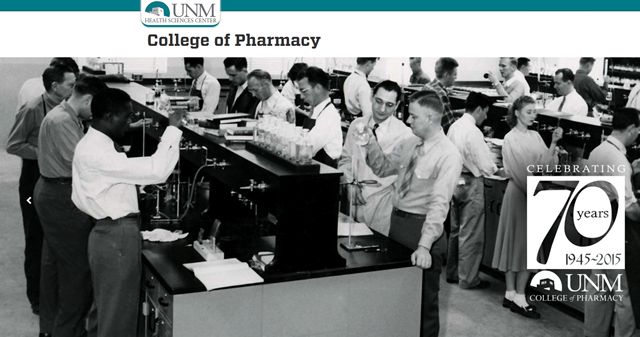
Pharmaceutical Sciences ETDs
Publication Date
6-9-2016
Abstract
The nonmedical use of prescription drugs (NMUPD) among college students is escalating at an alarming rate. A limited number of studies have utilized a theoretical framework to understand and change this behavior. The main objectives for this study were (1) to utilize the reasoned action approach (theoretical framework) to design and evaluate an intervention to change students intentions toward NMUPD, and (2) to test the predictive validity of the reasoned action approach in understanding NMUPD. Methods: The intervention was designed and tested during a pilot phase. Using a two-group post-test controlled trial, students were randomly assigned to either the intervention group or the control groups. The numbers of respondents in the intervention group were 188, and in the control group were 199. A survey was conducted to test the effectiveness of the intervention and the predictive validity of the reasoned action approach in understanding NMUPD Results: Overall, college students have strong intentions to avoid NMUPD. They also have negative attitudes toward NMUPD, high perceived norms that their important referents will not approve their NMUPD, and high perception that NMUPD is under their control. The intervention was able to bring changes in attitudes between the intervention and control groups. However, no changes were observed in intentions, perceived norms, perceived behavioral control, nor in their underlying beliefs. The reasoned action approach major constructs (attitudes, norms, and perceived behavioral control) were successful in explaining 37% of the variance in students' intentions to avoid NMUPD. The most significant predictor of students' intentions was perceived norms. The demographic factors that were significantly associated with intentions to avoid NMUPD included previous NMUPD, gender, tobacco use, marijuana use, and alcohol consumption. An analysis restricted to only those who reported NMUPD, showed that students who used stimulants have lower intentions to avoid NMUPD, more favorable attitudes toward NMUPD, but lower perceived norms that their important referents will not approve their NMUPD. Conclusion: The reasoned action approach was successful in predicting students' intentions to avoid NMUPD, though the theory-based intervention was less successful in influencing and changing these intentions. More research is needed to improve the intervention dissemination and utilization. Future interventions should focus on both reducing the perceived social pressure and the approval of NMUPD, in addition to changing favorable attitudes toward NMUPD into unfavorable attitudes, especially among stimulants users.
First Committee Member (Chair)
Borrego, Matthew
Degree Name
Pharmaceutical Sciences
Second Committee Member
Hamidovic, Ajna
Level of Degree
Doctoral
Third Committee Member
Sleath, Betsy
Department Name
College of Pharmacy
Language
English
Document Type
Dissertation
Keywords
Intentions, Attitudes, Perceived Social Norms, Perceived Behavioral Contorl, Nonmedical Use of Prescription Drugs
Recommended Citation
Arabyat, Rasha. "THE IMPACT OF A THEORY-BASED WEB INTERVENTION ON THE INTENTION TO USE PRESCRIPTION DRUGS FOR NON-MEDICAL PURPOSES AMONG COLLEGE STUDENTS: A RANDOMIZED CONTROLLED TRIAL." (2016). https://digitalrepository.unm.edu/phrm_etds/1
